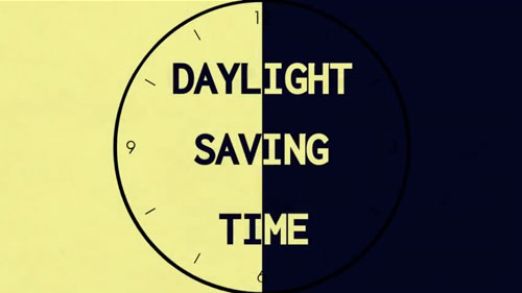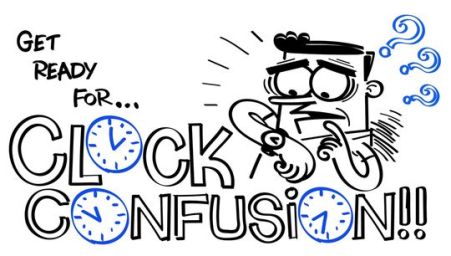
It’s that time of year again; the weather is frigid and the sky is dark blue when walking to class at 4:35 p.m. On the first Sunday in November every year, our clocks “fall back” an hour because in the second week in March, our clocks “spring forward” an hour in order to have a bit more daylight at night. This year, our country’s clocks fell back an hour at Nov. 6 at 2 a.m. Eastern Time.
According to AccuWeather, daylight saving has been around since 1918, when President Woodrow Wilson wrote it into law as The Standard Time Act during the first World War when efforts were made to save and conserve materials and resources for the war. It was perceived that if daytime hours could work better with natural light, fewer tasks would need to be done in the evening when it was dark, and homes wouldn’t have to use as much energy for lighting.
After World War I, Daylight Saving Time ended. Daylight Saving Time was once again used during World War II, and was referred to as “War Time,” instead of its current name. Once the war ended, a nation with no Daylight Saving was back in effect and the problem of Daylight Saving Time was handled by localized governments. This led to a huge amount of confusion because different locations in the same time zones were always operating at differing times. In result of this issue, The Uniform Time Act was passed in 1966 to solve the problem, as stated by Live Science.
“States and territories in the United States that do not observe daylight saving time, aside from most of Arizona, include: Hawaii, American Samoa, Guam, Puerto Rico, and the Virgin Islands. Some parts of Indiana did not observe daylight saving time in the past. However, the entire state is now united in observing daylight saving time since 2006 despite being split into different time zones.” said Time and Date.

As for the ‘fall back’ that occurs in November, the time change can be difficult for many. “The shock of going out at 5 p.m. and it being dark is a hard shift,” Jena Marinelli, education major, said. “I don’t see a truly useful purpose for Daylight Saving, so I’m confused to why we still have it.”
In current times according to TIME, it’s typical purpose is to save energy and to make more money; one more hour of sunlight in the evening translates to one less hour of the use of artificial lighting, and if people left work while there was still daylight, they would be more likely to go out and spend money in the evening. Some even consider Daylight Saving Time to be a beneficial health policy, providing extra time people for people to spend outdoors. “I love to run outside and around campus,” Bridget Wagner, senior human resources major, said. “so I would say the extra hour of sunlight when the weather gets warmer is definitely a plus.”


